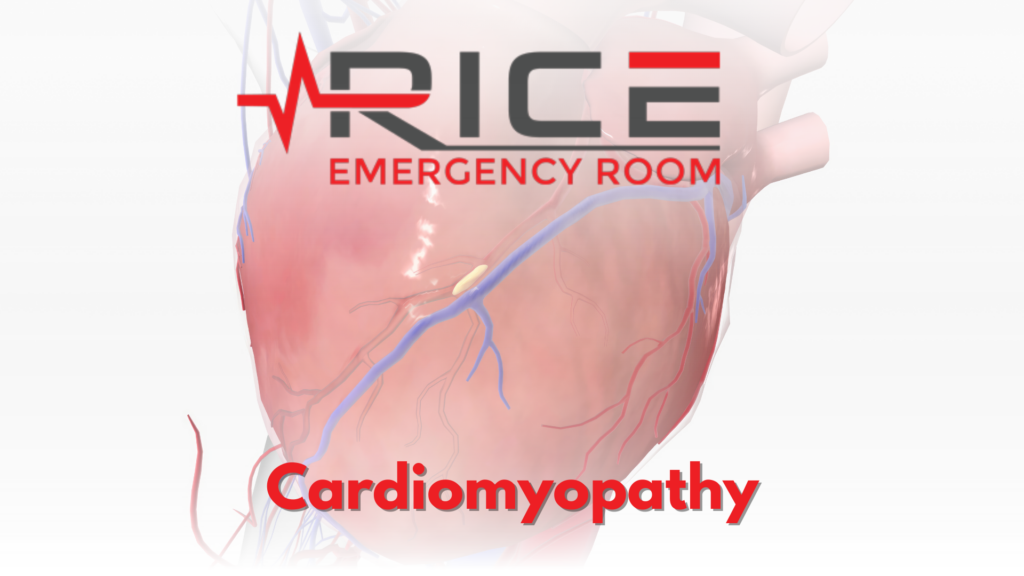Angina or chest pain is a symptom that can evoke considerable anxiety, as it is often associated with heart conditions. One significant type of chest pain is angina, which warrants attention due to its potential links to serious cardiovascular issues.
What is Angina?
Angina is a term used to describe chest pain or discomfort resulting from coronary heart disease. It occurs when the heart muscle does not get enough oxygen-rich blood, typically due to the narrowing or blockage of the coronary arteries. This condition can present in various forms, primarily stable angina and unstable angina.
- Stable Angina: This is the most common type, characterized by predictable chest pain that occurs during physical exertion or stress and subsides with rest or medication. It typically follows a regular pattern over months or years.
- Unstable Angina: This type is more unpredictable and severe, occurring even at rest or with minimal exertion. It is a medical emergency as it may signal an impending heart attack.
- Variant (Prinzmetal’s) Angina: A rarer form, usually occurring at rest and caused by a spasm in the coronary arteries.
(Heart.org, 2024)
Symptoms of Angina
The hallmark of angina is chest pain or discomfort, which may feel like pressure, squeezing, heaviness, or tightness in the chest.
Symptoms of angina include chest pain or discomfort that may feel like pressure, squeezing, or fullness. The pain can also radiate to the shoulders, arms, neck, jaw, or back. Other symptoms might include nausea, fatigue, shortness of breath, sweating, and dizziness. These symptoms often occur during physical exertion or stress and are typically relieved by rest or medication.
These symptoms often occur during physical exertion or stress and improve with rest in cases of stable angina. However, in unstable angina, they can occur unexpectedly and last longer, necessitating immediate medical attention.
Causes and Risk Factors
Angina is most caused by coronary artery disease (CAD), where plaques build up on the artery walls, reducing blood flow to the heart. Several risk factors contribute to the development of CAD and, consequently, angina chest pain. Age is a significant factor, with the risk increasing as one gets older. Gender also plays a role, as men are generally at higher risk than women. A family history of heart disease can elevate risk as well. Lifestyle factors such as smoking, lack of exercise, an unhealthy diet, and obesity contribute to the likelihood of experiencing chest pain. Additionally, medical conditions like high blood pressure, high cholesterol, diabetes, and chronic kidney disease can increase the risk.
Diagnosing angina involves a combination of patient history, physical examination, and various diagnostic tests. These may include:
- Electrocardiogram (ECG): Records the electrical activity of the heart and can reveal abnormalities.
- Stress Testing: Assesses how the heart functions under physical stress.
- Echocardiogram: Uses ultrasound to visualize heart structures and function.
- Blood Tests: To check for markers of heart damage.
- Coronary Angiography: Uses X-ray imaging to see the heart’s blood vessels.
- CT Scan: Provides detailed images of the heart and blood vessels.
(Mayo Clinic, 2024)
Treatment and Management
The treatment of angina aims to reduce pain, prevent symptoms, and minimize the risk of heart attacks. It often involves lifestyle changes, medications, and sometimes surgical interventions involving several approaches. Lifestyle changes are crucial and include quitting smoking, eating a heart-healthy diet, exercising regularly, and managing stress. Medications commonly used for this condition include nitrates to relieve pain, beta-blockers, calcium channel blockers, statins to lower cholesterol, and antiplatelet drugs like aspirin to prevent blood clots. In severe cases, medical procedures such as angioplasty to open narrowed arteries and coronary artery bypass grafting (CABG) might be necessary. Additionally, cardiac rehabilitation is recommended, offering a structured program that includes exercise training, education, and counseling to improve heart health.
Living with Angina
Managing angina involves regular monitoring and adherence to treatment plans. Patients are advised to recognize their triggers, take medications as prescribed, and maintain regular follow-ups with their healthcare provider. It’s crucial to act promptly if symptoms worsen or if new symptoms develop, as these could indicate an escalating condition.
While angina can be a challenging and potentially life-threatening condition, understanding its nature and adopting comprehensive management strategies can significantly improve quality of life and reduce the risk of serious complications. If you experience chest pain or suspect you might have this condition, seeking immediate medical attention is imperative for timely diagnosis and treatment.
When to Go to the ER
If you suspect you are having angina, it is essential to know when to go to the emergency room. Seek immediate medical attention if you experience chest pain or discomfort that is sudden, severe, or lasts longer than a few minutes. If the pain spreads to your shoulders, arms, neck, jaw, or back, or is accompanied by symptoms such as shortness of breath, sweating, nausea, or dizziness, you should also go to the emergency room. These could be signs of a heart attack, which requires prompt treatment. If you have been diagnosed with angina and your usual medication does not relieve the pain, or if the symptoms are different or more intense than usual, it is important to seek emergency care.
Let us know you’re on your way – Check in Here
Works Cited
Www.Heart.Org, 24 May 2024, www.heart.org/en/health-topics/heart-attack/angina-chest-pain.
Mayo Clinic, Mayo Foundation for Medical Education and Research, 22 Mar. 2024, www.mayoclinic.org/diseases-conditions/angina/symptoms-causes/syc-20369373.
professional, Cleveland Clinic medical. Cleveland Clinic, my.clevelandclinic.org/health/diseases/21489-angina.




